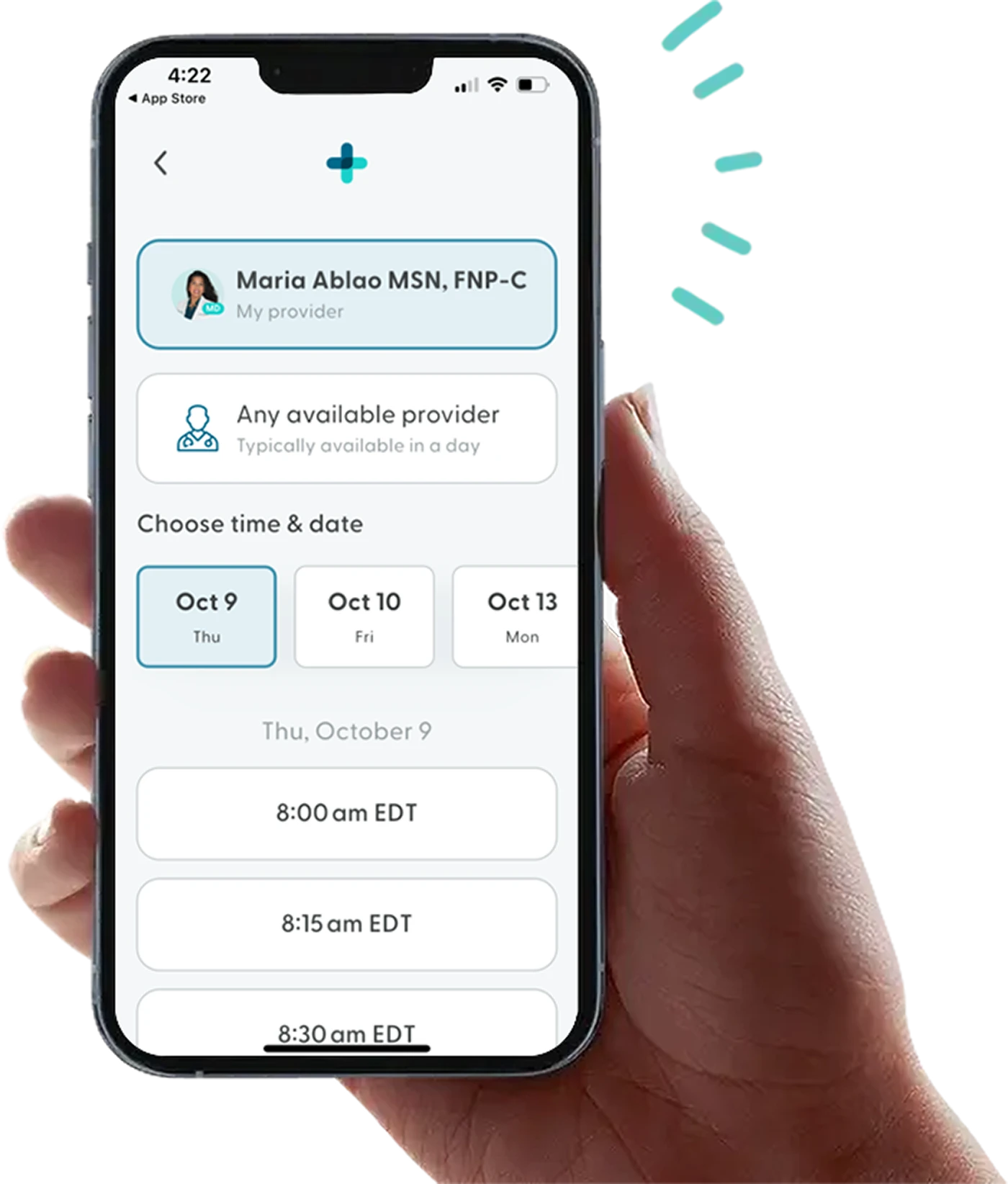Can You Reverse Osteoporosis?
You may notice changes in how your body feels overall as you age. This can include needing more rest, waking up earlier, or even changes in how your bones feel. Osteoporosis is not a health condition that most people know they have. Health experts describe osteoporosis as a “silent disease” because of the lack of symptoms associated with the condition.
Osteoporosis is a bone disease where bone mineral density and mass decrease over time. Most people don’t know they have osteoporosis until they fracture a bone during a minor injury or fall. While there is no cure for osteoporosis, there are steps you can take to improve bone health.
What Causes Osteoporosis?
Osteoporosis occurs when there is a change in the structure of bone tissue. There’s no one cause of osteoporosis, but the following may increase your risk:
Having a parent with osteoporosis
Experiencing low levels of estrogen
Getting older
Having low testosterone levels
Following a low calcium and vitamin D diet
Long-term use of specific medications
Chronic alcohol consumption
Smoking tobacco
Being diagnosed with an eating disorder
Those with health conditions like diabetes, celiac disease, and depression may also be more likely to develop osteoporosis. The long-term use of medications like corticosteroids and proton pump inhibitors to treat certain chronic health conditions can also increase the risk of osteoporosis. Be sure to speak with a licensed healthcare provider about your risks if one of your parents has osteoporosis.
Who is Most at Risk for Osteoporosis?
Postmenopausal women over the age of 65 are the most at risk for osteoporosis. Bone loss occurs faster in old age. Elderly women also tend to have smaller bones and bone mass than men. More specifically, white and Asian women have a high rate of osteoporosis cases in the U.S. However, men can still develop osteoporosis, especially those with low testosterone levels.
How is Osteoporosis Diagnosed?
Your primary healthcare provider can diagnose osteoporosis. Other healthcare providers, like endocrinologists (doctors who specialize in the glands and hormones) and gynecologists (doctors who specialize in women’s reproductive health), can also diagnose osteoporosis. Your healthcare provider may conduct a physical exam, x-ray, and blood tests to predict your risk of losing bone density.
Can You Prevent Osteoporosis?
Although the presence of osteoporosis is usually seen in older age, you can start taking care of your bone health and potentially prevent osteoporosis as early as your childhood years by incorporating the following habits:
Engage in physical activity regularly
Consume vitamin D-rich foods like yogurt and broccoli
Avoid smoking tobacco
Taking vitamin D supplements
Be sure to keep going to regular check-ups with your healthcare provider to monitor any changes in your bone health.
Is it Possible to Reverse Osteoporosis?
While osteoporosis cannot be reversed, improving your bone health can help increase bone strength. Your healthcare provider may recommend taking vitamin D supplements after your diagnosis to improve bone strength.
Consider incorporating the following habits to help you improve your bone strength:
Take calcium and vitamin D supplements
Limit how often you drink alcohol
Go for a daily walk or jog
Spend more time outdoors
Try not to consume a lot of high-sugar foods
Practice strength training activities like weightlifting and jogging
How is Osteoporosis Treated?
The first step to treatment for osteoporosis is for you to take steps to protect your bones from injury and maintain strength. In addition to vitamin D supplements, a healthcare provider may recommend one of the following medications to treat osteoporosis:
Parathyroid hormone (PTH) analogs
Bisphosphonates
RANKL inhibitor
Sclerostin inhibitors
Calcitonin analogs
Selective Estrogen Receptor Modulators (SERMs)
Key Point: Can You Develop Osteoporosis While Pregnant?
Pregnancy-related osteoporosis is rare, but can occur along with other changes the body goes through during pregnancy. Be sure to let a healthcare provider know if you or someone you know is experiencing frequent bone fractures while pregnant.
How to Manage Living with Osteoporosis
It’s important to take care of your body to avoid bone fractures and other medical problems while living with osteoporosis. Bone fractures often occur in the hip, wrist, and spine. Be sure to let your healthcare provider know if you or a loved one is becoming more prone to falls, poor balance, and vision inconsistencies while living with osteoporosis. They may prescribe or change your medication to manage any loss in muscle mass.
Where Can I Learn More About Managing Osteoporosis?
At LifeMD, a licensed healthcare provider can help you learn more about managing osteoporosis and other common conditions that occur with age. LifeMD+ provides members with access to quality virtual care from the comfort of their home.
With the LifeMD+ membership, you can access educational resources about your health, advice from licensed healthcare professionals, and prescription medications if you qualify. LifeMD+ allows members to meet with a healthcare provider in under an hour to find treatment to relieve osteoporosis symptoms and other general health conditions for just $19 a month.
Get started today with personalized osteoporosis treatment that works for you.
More articles like this
Feel better with LifeMD.
Your doctor is online and ready to see you.
Join LifeMD for seamless, personalized care — combining expert medical guidance, convenient prescriptions, and 24/7 virtual access to urgent and primary care.

 Medically reviewed and edited by
Medically reviewed and edited by 










